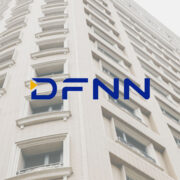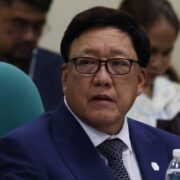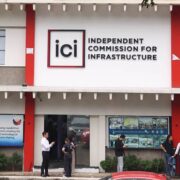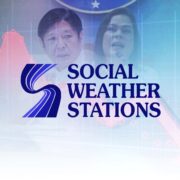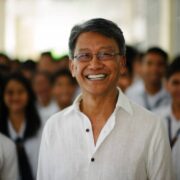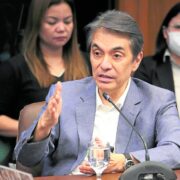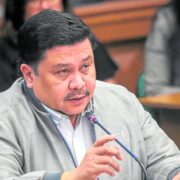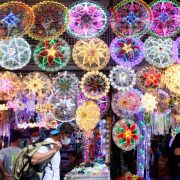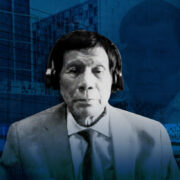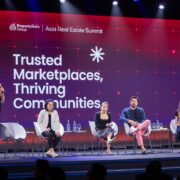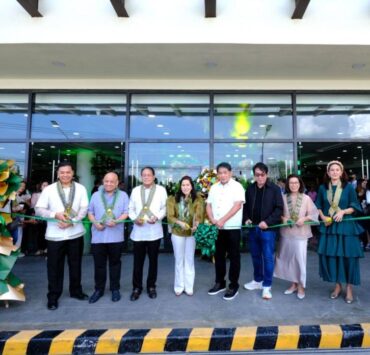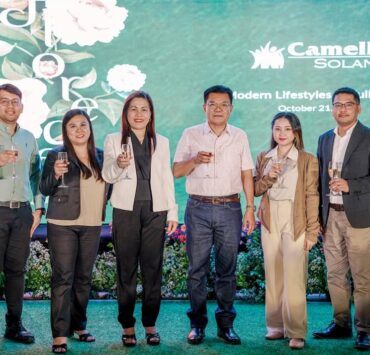Building a more inclusive foundation for sustainable development
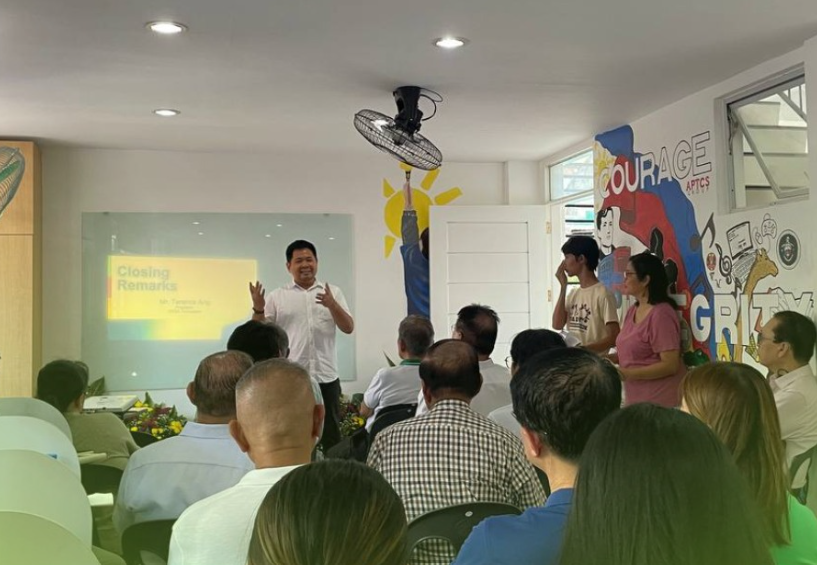
Sustainability isn’t just about energy-efficient buildings or advanced technologies. At its core, it’s also about people, about making sure no one is left behind in the progress we build.
Equity in infra, property dev’t
For years, conversations on sustainability have focused on environmental protection, carbon reduction, and climate action.
However, as cities expand and communities face growing challenges, equity has become just as essential.
Equity is often discussed in terms of gender and economic opportunity. We rarely hear about its role in infrastructure and property development, where real change takes root. When communities have equal access to safe spaces, learning centers, clean energy, and essential services, sustainability is no longer just an ideal but a shared reality.
A shift in the sustainability framework
This broader view is now firmly embedded in LEED v5.
Equity is no longer tucked away as a single credit—it now runs through the entire rating system. This new version of LEED encourages project teams to engage communities meaningfully, ensure fair and accessible spaces, uphold fair labor practices, and bring tangible benefits by directly supporting community.
This signals a decisive shift: sustainable design is no longer just about performance metrics. It’s also about who benefits from these spaces and whether everyone can take part in the future being built.
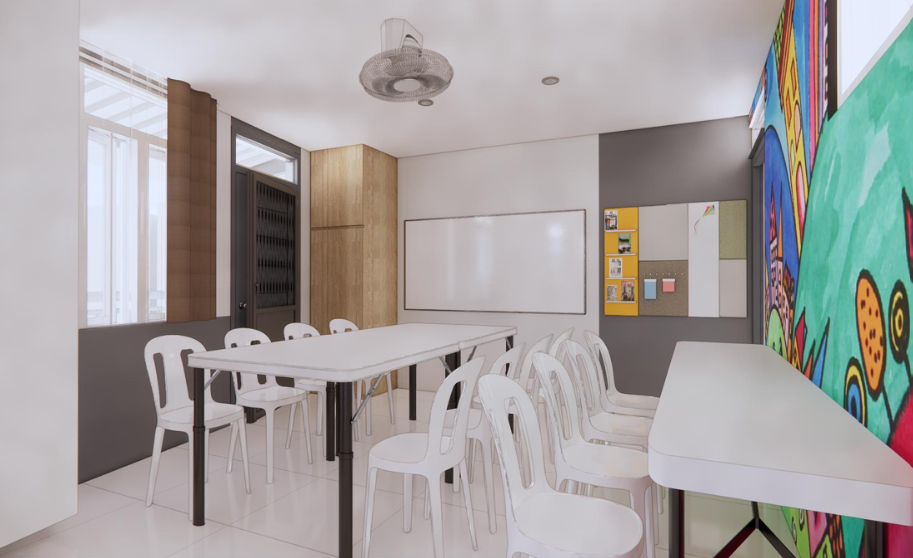
A social equalizer
When equity guides development, infrastructure turns into a bridge, connecting people to opportunities. A public space, a small learning center, or a well-designed community facility can change lives: giving children places to learn, workers easier access to opportunities, and residents a stronger sense of belonging.
Inclusive design doesn’t just improve buildings but also helps level the playing field.
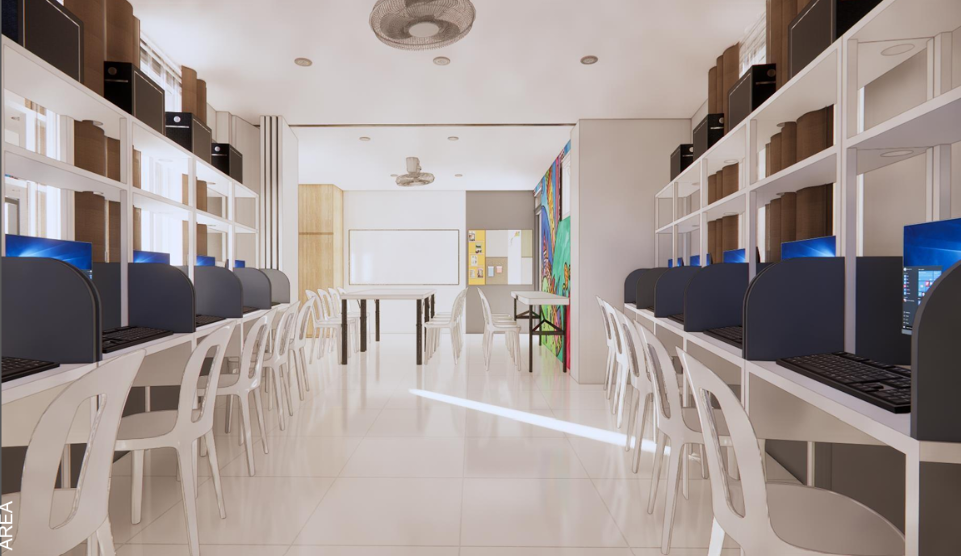
ERDA’s E-Hub: Equity in practice
A recent example of this approach can be seen in Quezon City, where ERDA Foundation opened its new eLearning Hub.
The hub was built through the initiative of TGPMA HOP Foundation, which partnered with Aguinaldo Vets and Associates Credit Cooperative to provide learning tools for children in the community. The transformation of the second-floor space of the homeowners’ association building into a fully functional E-Hub was made possible through APTCS Group.
This effort also drew support from Brgy. Bagong Silangan, Filside Homeowners Association, and the Samahan ng mga Magulang ng Bagong Silangan.
Angelo Alejo, an ERDA beneficiary who also represents the youth of Quezon City, said, “Let this center be a symbol of progress and a reminder that when we invest in children, we invest in a better tomorrow.”
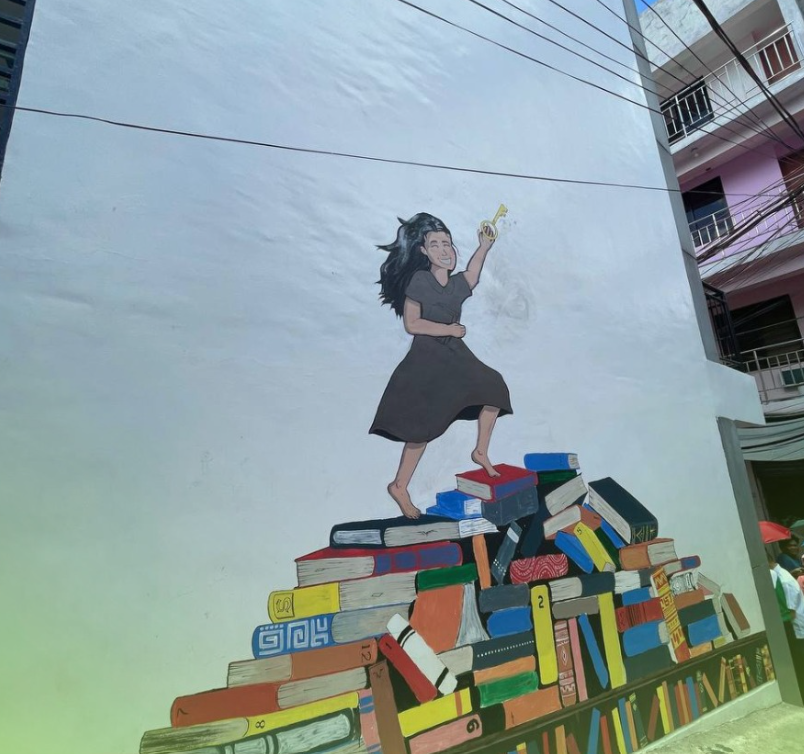
Why equity strengthens sustainability
The E-Hub is more than just a room with computers. It’s a community anchor, giving children access to education and families a stronger sense of possibility. It mirrors the values found in Sustainable Development Goals: shared value, equitable access, and local empowerment.
When equity is woven into infrastructure, projects create more than physical spaces. They build lasting impact.
The author is a LEED fellow, UAP Notable Architect Awardee, and educator, with more than 25 years of experience in architectural and interior design, corporate real estate, construction, property, and facilities management

